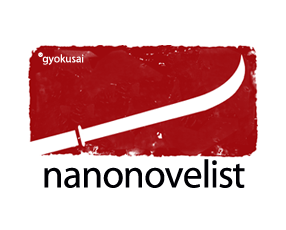A nanonovel should be similar to regular novels in structure and content. You can squeeze a lot into a few words!
Now the trick is that a nanonovel should have the following features, much like a “real” novel:
- protagonist / character
- weakness & need / desire
- opponent / conflict
- battle / moral choice
- self-revelation / character change
- new equilibrium
Okay, that’s impossible. But at least some of it should go into it, and maybe I can squeeze in some more by insinuation, connotation, and overtones to trigger acquired cultural knowledge. Plus, by cheating.
What I don’t want to write is “very short stories.” You can find some very good ones, in just six words, over at wired.com. The difference is that the most important thing in a “very short story” is the punch line. Of course, a nanonovel might have a punchline, and I will work one into it if possible, but that’s not what I’m after. What I’m after, instead, is the epic impulse.
Some of the wired stories would qualify as nanonovels, though. Shatner’s six-worder, for example, is doing pretty good in that category:
Failed SAT. Lost scholarship. Invented rocket.
It has—openly or by insinuation—character, desire, conflict, battle, change, new equilibrium. Perfect.
On a related note, if you think I’m completely crazy, I’d like to direct you to Thaumatrope, a science fiction e-zine the people from Green Tentacles publish on Twitter. There you go.
They don’t call their reviews nanoreviews, though.
If you have something valuable to add or some interesting point to discuss, I’ll be looking forward to meeting you at Mastodon!

